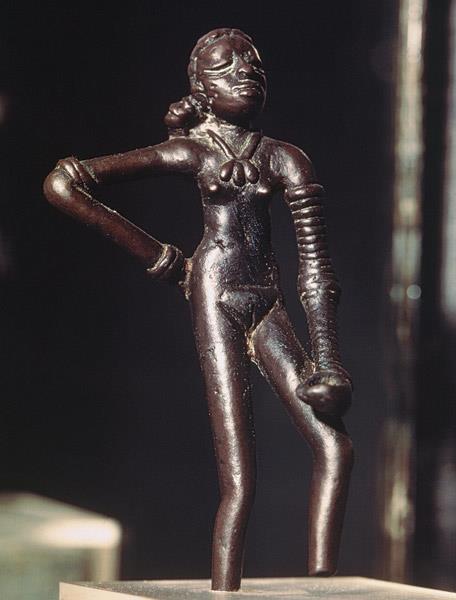Yesterday I posted about the role that fiction and poetry can play in helping us imagine individuals when we are faced with suffering on a mass scale. Today I want to share a poem by Agha Shahid Ali, “At the Museum,” that to me captures the powerful experience of encountering another person through art. In 1990, Ali wrote about seeing the statue of a servant girl from Harappa. If it is the sculpture I think it is, she is 4,500 years old. She was excavated in 1926 in a house in Pakistan. He would have seen her in the National Museum in India.
What I think is most remarkable is the way that Ali imagines the lived experience beyond her smile. He considers her labor, her ache, the way she must have “had to play woman / to her lord.” He also imagines her sculptor. “No one keeps records / of soldiers and slaves,” but she was cast in bronze and waits, in time, for all of us to see her. And, of course, we see her in Ali’s poem too, and she smiles at us.
At the Museum
Agha Shahid Ali
But in 2500 B.C. Harappa,
who cast in bronze a servant girl?
No one keeps records
of soldiers and slaves.
The sculptor knew this,
polishing the ache
Off her fingers stiff
from washing the walls
and scrubbing the floors,
from stirring the meat
and the crushed asafoetida
in the bitter gourd.
But I’m grateful she smiled
at the sculptor,
as she smiles at me
in bronze,
a child who had to play woman
to her lord
when the warm June rains
came to Harappa.
April 1990
“The Dancing Girl of Mohenjo-Daro,” National Museum, Delhi, India
~~~~~~~~~~~~~~~~~~~~~~~~
Mary-Catherine Harrison, Ph.D.

